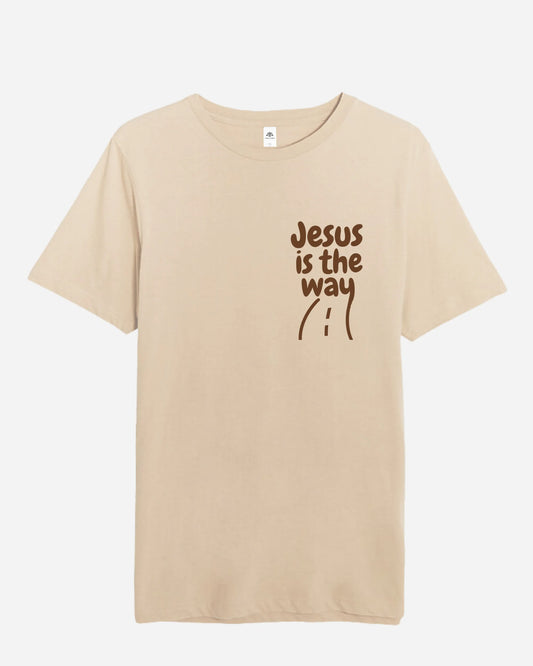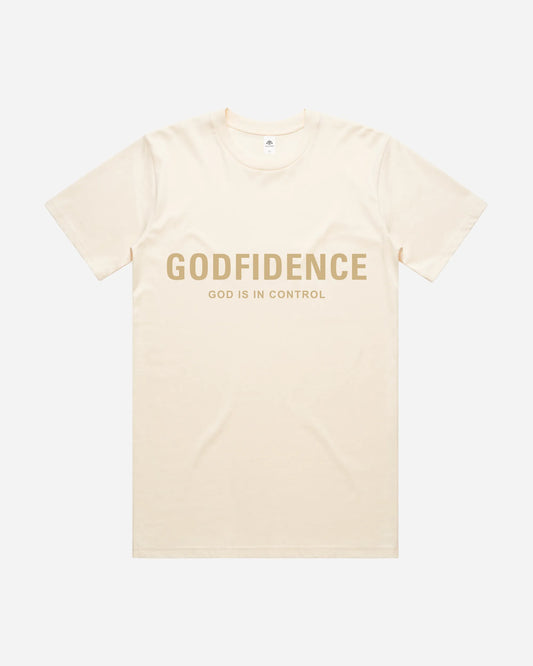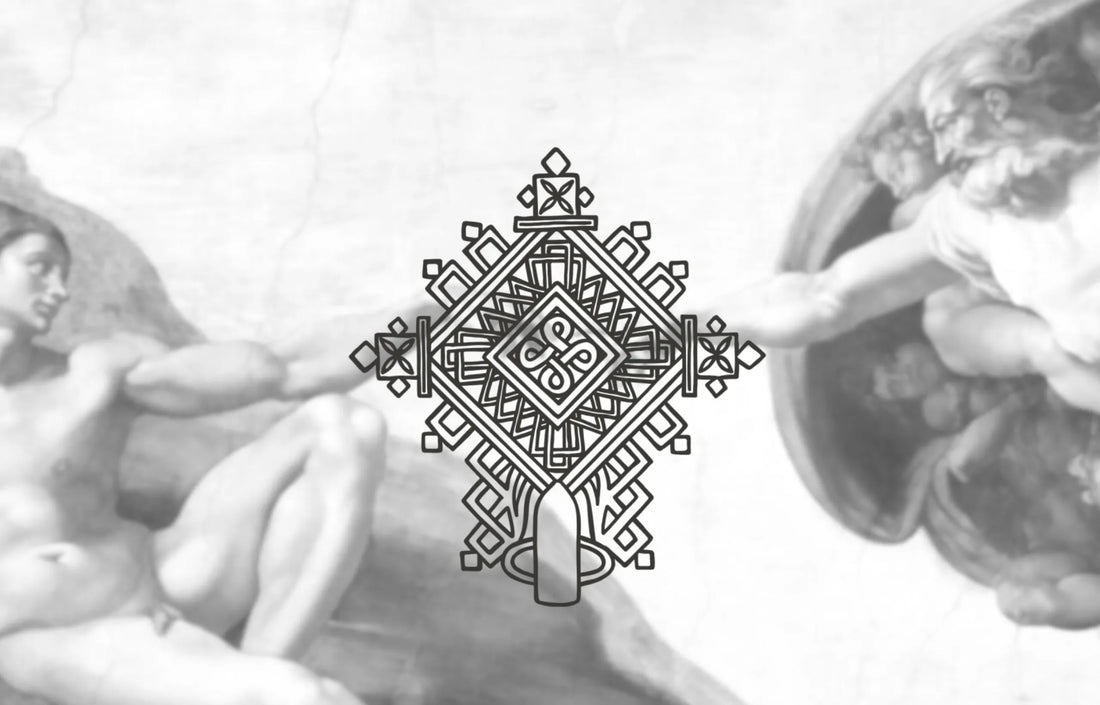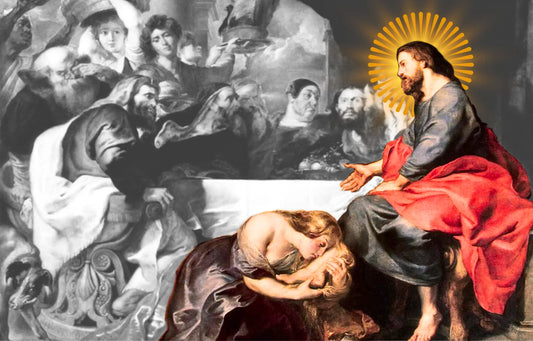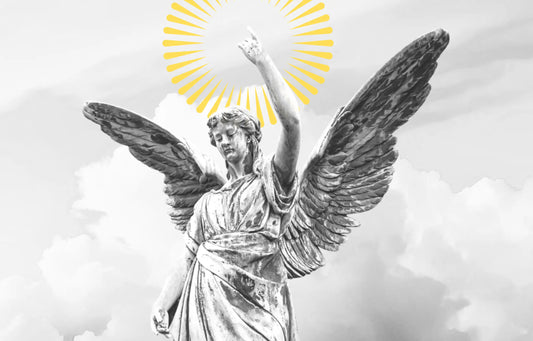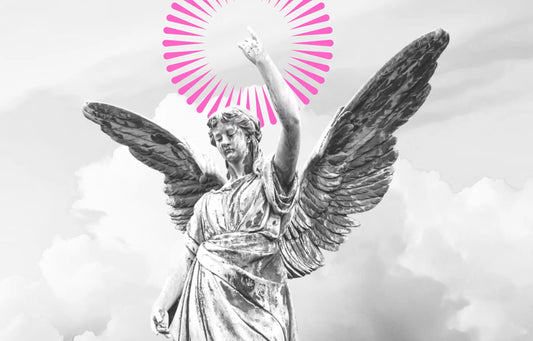The Ethiopian Orthodox Cross, also known as the Abyssinian Cross, stands at the heart of one of the world’s earliest Christian civilizations. Still used in liturgy and processions today, the cross reflects Ethiopia’s unique Christian heritage. Explore its history, symbolism, and cultural importance in detail throughout this article.
Ethiopian Orthodox Church Cross History
The Rise of Christianity in Ethiopia
Christianity reached Ethiopia in the 4th century under King Ezana of Aksum, who converted after the preaching of Saint Frumentius, later consecrated as bishop by Athanasius of Alexandria (Eusebius, Ecclesiastical History). By around 330 CE, Ethiopia joined Armenia and the Roman Empire as one of the first states to declare Christianity the official religion. Coins minted under Ezana replaced pagan motifs with crosses, making the symbol not only religious but political, a visible declaration of a Christian kingdom (Munro-Hay, 1991).
Axumite Roots and Pre-Christian Influences
The earliest known Ethiopian crosses derive from the monumental stelae of Aksum, which used the architectural form of the afkos (a stepped square base) later incorporated into cross designs (Anfray, 1990). This continuity links the cross to Ethiopia’s royal and sacred past, bridging pre-Christian and Christian heritage. Thus, the Ethiopian Cross is not merely an imported symbol but a uniquely rooted cultural and religious expression.
Archaeological Continuity
From carved reliefs in Aksum to the rock-hewn sanctuaries of Lalibela in the 12th–13th century, Ethiopian crosses have preserved an evolving yet unbroken tradition. The Lalibela churches, commissioned by King Lalibela, incorporate cross-shaped windows and bas-reliefs that later influenced entire schools of cross design (Derat, 2018).
Symbolism and Theology
Eternal Life and Resurrection
The Ethiopian Cross is most often composed of elaborate latticework, sometimes described as “lace-like.” These endless patterns represent eternity, echoing Christ’s promise of eternal life (John 11:25). Art historian Claude Lepage (1973) argues that the crosses are not literal depictions of the crucifixion but abstractions of the Cross as the Tree of Life — a theological statement embodied in geometry and light.
Bridge Between Heaven and Earth
Circular motifs incorporated into many Ethiopian crosses symbolize unity and perfection in God. The latticework suggests interconnection, interpreted as the “weaving” of prayer and creation (Prunier, 2015). When lifted during liturgy, the cross acts as a visual bridge between heaven and earth, a role reinforced by ritual practice.
Healing and Apotropaic Power
Beyond symbolic meaning, crosses serve in healing rituals. Priests dip hand crosses (mäṣqäl) into water, which is then consumed as spiritual medicine (Kaplan, 1992). The cross thus operates as both theological symbol and practical object of blessing and healing.
Variations of the Ethiopian Cross
Prolific Diversity
Ethiopian crosses are renowned for their diversity. Scholars like Marilyn Heldman have cataloged over 100 distinct forms of processional crosses (Heldman, 1994). This variety reflects both regional artistry and theological imagination.
Processional vs. Hand Crosses
A fundamental distinction exists between processional crosses (mäqwämiya), large and mounted on poles, and smaller hand crosses (mäṣqäl), essential tools of the priest’s identity (Mercier, 1997). The hand cross is so integral that priests are rarely seen without it, underscoring its role as both blessing instrument and personal devotional emblem.
Lalibela School
The rock-hewn churches of Lalibela inspired a distinctive school of cross design, characterized by knotwork and elaborate interlace. These designs became prototypes for later metal crosses, merging architecture and devotion (Derat, 2018).
Gondarine Baroque Influence
In the 17th century, Gondar became Ethiopia’s capital. Cross design absorbed influences from Portuguese and Indian art via trade, introducing floral motifs, openwork, and fluid forms — sometimes called the “Gonderine Baroque” (Pankhurst, 1997).
Neck Crosses and Identity
Neck crosses function as visible markers of faith. For centuries, they have distinguished Ethiopian Christians from neighboring Muslim and animist communities (Levine, 1965). To this day, baptism often includes the giving of a neck cross, tying identity, faith, and community together.
Prayer Cross (Mäkanaya)
Some hand crosses feature a horizontal bar used as a grip during long services, allowing priests to rest the cross on the forehead during prayer (Mercier, 1979). This small adaptation highlights the functional ingenuity of Ethiopian liturgical practice.
Liturgical and Cultural Use
Timkat Festival
The Ethiopian Cross is most prominent during Timkat, the annual Orthodox Epiphany celebration. During Timkat, crosses accompany the Tabot — a replica of the Ark of the Covenant — in processions to water sources, reenacting Christ’s baptism. Recognized by UNESCO in 2019 as intangible cultural heritage, Timkat draws hundreds of thousands each year, showing the cross’s living role in Ethiopia’s religious life.
The Cross and the Tabot
The cross is the only object permitted to rest directly on the Tabot, highlighting its supreme sanctity (Ullendorff, 1968). This connection to the Ark of the Covenant emphasizes its place not just as symbol, but as theologically central to Ethiopian worship.
Healing and Daily Devotion
Hand crosses are used to bless individuals, heal the sick, and sanctify spaces. Families treasure crosses as heirlooms, passing them down as sacred objects imbued with both spiritual and familial memory.
Artistry and Craftsmanship
Lost-Wax Casting
Most Ethiopian crosses are produced using the ancient lost-wax (cire perdue) method. Each cross is unique, as the wax mold is destroyed during casting. This technique, in use for over a millennium (Chojnacki, 1990), creates pieces that are simultaneously art, theology, and craft.
Symbolic Design
Motifs like the gammadion (hooked cross) appear in many Ethiopian crosses. Once a solar symbol representing eternity and cosmic movement (Grajetzki, 2011), it demonstrates Ethiopia’s ability to integrate universal motifs into Christian theology without losing orthodoxy.
Interlace and Theology
The knotted, interwoven designs signify not mere ornamentation but the interconnection of prayers, lives, and eternity. Some scholars describe these as a “woven theology,” where geometry enacts spiritual truths.
The Ethiopian Cross in Global Christianity
Diaspora and Identity
Among African diaspora communities, especially in the United States and Caribbean, the Ethiopian Cross is a potent emblem of African Christianity’s deep roots. It challenges the misconception that Christianity in Africa is purely colonial.
Museums and Preservation
Crosses are housed in institutions such as the British Museum and the Metropolitan Museum of Art. While these collections preserve priceless artifacts, they also raise debates about cultural repatriation. UNESCO’s 2013 recognition of Ethiopian cross-making as intangible heritage reflects ongoing efforts to safeguard the tradition.
Ecumenical Importance
In ecumenical dialogue, the Ethiopian Cross is often invoked as evidence of Christianity’s global antiquity and diversity. It demonstrates a tradition that developed independently of Europe yet in theological continuity with the wider Christian world.
Distinctive Perspectives
Cross as National Emblem
In the 20th century, Emperor Haile Selassie incorporated the cross into imperial iconography, making it both a religious and national symbol (Marcus, 1994). It appears on coins, manuscripts, and banners, blurring lines between church and state.
Continuity of Cosmology
Circular motifs and solar references show how Ethiopian Christians integrated older cosmological symbols into Christian theology. The cross radiates not only salvation but creation itself, a fusion of faith and natural order.
A Living Symbol
Unlike many Christian symbols relegated to history, the Ethiopian Cross remains in daily use — carried in processions, kissed by the faithful, worn as protection. It is theology in motion, embodied in ritual, art, and life.
Conclusion
The Ethiopian Cross is not a static artifact but a living testimony to Ethiopia’s ancient Christian tradition. Emerging in the 4th century, it has absorbed influences from Axumite stelae, Lalibela architecture, and Gondarine Baroque while preserving its theological essence. Its diversity — over 100 forms documented — demonstrates Ethiopia’s creative engagement with the cross as both symbol and object. Today, it stands as a bridge between heaven and earth, between Ethiopia’s past and present, and between local faith and global Christianity.


